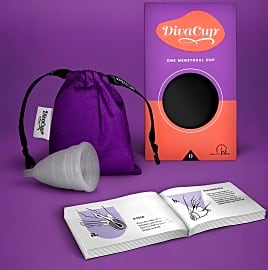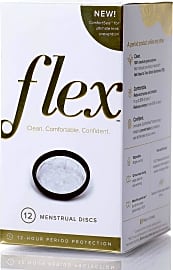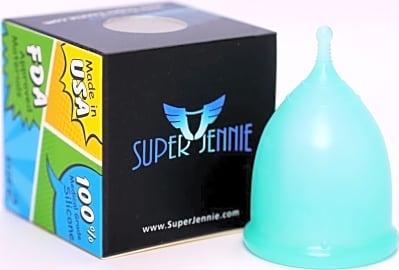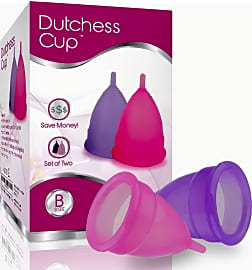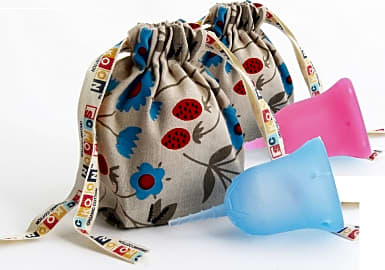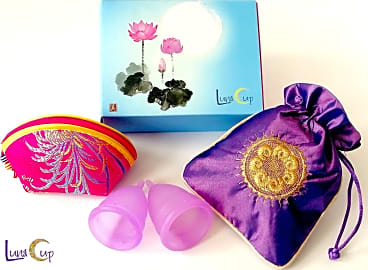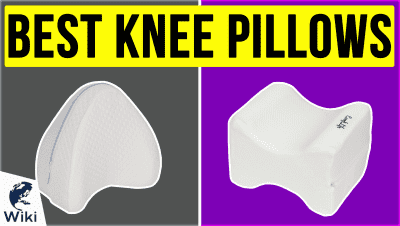The 10 Best Menstrual Cups

This wiki has been updated 43 times since it was first published in May of 2016. Feminine hygiene products that shift around and cause irritation can make your period even more of a pain than it has to be. Unlike disposable tampons and pads, these eco-friendly, reusable menstrual cups are made to fit comfortably and stay in place for hours at a time, so you can enjoy healthy activities throughout your cycle without worrying about potentially embarrassing odors or leaks. When users buy our independently chosen editorial recommendations, we may earn commissions to help fund the Wiki.
Editor's Notes
March 25, 2020:
Finding the best menstrual cup for your body can be a bit of a treasure hunt, so with our list we attempt to detail some of the subtle differences between the most respected brands to help you target your search better.
For this update we decided the Lunette was simply too over-priced without having anything special to offer, and replaced it with the Flex Disc. This innovative, disposable choice gives women all the conveniences of a menstrual cup, with a similar ringed-rim that seals out leaks, but the body is little baggy that can be used for up to 12 hours. While this might seem to negate the eco-friendly benefits of a menstrual cup, these discs create far less waste than a back-up pad or tampon women might use when they are unsure they'll have access to a private sink.
Due to the increased awareness of environmental concerns in the youngest generations, even teens can be dedicated to using a reusable product, instead of being squeamish about period issues. For the youngest users who would like to avoid creating 300 pounds of period waste in their lifetimes, we included the Diva Cup Model 0. While only 1/8th of an inch in diameter smaller than the Diva's regular size, it provides smaller women and girls a more comfortable choice.
We also added another specialized choice in the Femmy Cycle for women who couldn't use a menstrual cup due to a low cervix. It is designed by a women's health professional to form to their unique shape and stay put.
How Does A Menstrual Cup Measure Up To Other Options?
Just like diapers, pads can cause chafing and sensitivity in the delicate skin of the pelvis and vagina.
The invention of the modern menstrual pad was actually a happy accident. Benjamin Franklin stuffed a linen pad with wood pulp to staunch the blood flowing from battlefield injuries and help keep soldiers from bleeding out before their wounds could be closed. Nurses in hospitals started using the surgical pads to soak up menstrual blood, and it wasn’t long until large companies capitalized on the idea. The original menstrual pads, known as Lister’s Towels appeared around 1896.
Tampons actually predate pads. Many ancient cultures inserted bundles of natural cloths into the vagina to absorb menstrual blood. The menstrual cup is one of the newest menstrual care options, and it may be the most beneficial. Modern menstrual cups resolve many of the issues associated with pads and tampons.
Early concerns surrounding tampons were dangerous conditions like toxic shock syndrome (TSS); caused by a steep spike in the number of staphylococcus bacteria in the body. While general hygiene improvements have reduced the number of TSS infections, nearly half of all TSS cases are associated with tampon use. When properly used, menstrual cups may help reduce the risk of developing this serious infection. Of course, it's always important to regularly change any menstrual product.
Women often complain that using bulky menstrual pads feels like wearing a diaper. Just like diapers, pads can cause chafing and sensitivity in the delicate skin of the pelvis and vagina. Another problem with pads is odor. Menstrual blood can give off a foul smell as it comes into contact with air, and pads regularly expose the blood to air. On the other hand, menstrual cups form an airtight seal within the vagina; keeping air exposure to a bare minimum.
Menstrual cups can hold much more liquid than other options. This helps make them an environmentally conscious option, as used pads and tampons contribute to an overflowing waste system. Women who find other options too uncomfortable — either as a result of the chemical preservatives or bleaching agents tampons and pads often contain, or because of the materials they're made of — may also find a menstrual cup to be less irritating. Most menstrual cups are made from hypoallergenic silicone and will last for years with proper use. Menstrual cups may truly be the best option on the market.
What To Consider Before Buying A Menstrual Cup
Once they get the hang of using a menstrual cup, many women come to prefer it over all other options. That being said, there are some things to consider before buying any menstrual cup — most importantly, fit and flow. While the vagina is a very elastic and forgiving environment, it does change shape based on a number of factors. For instance, it is common for the vaginal walls to lose their elasticity with age, which could require a menstrual cup with a larger diameter to prevent leakage. Both the width and length of the vaginal passage may change over time, depending on various factors, and an improperly fitted cup may cause discomfort or potentially embarrassing leaks.
The volume of menstrual cups varies as much as individual periods do.
Pregnancy and childbirth also change the shape of the vagina. This is due to stress on the muscles of the pelvic floor during labor and pregnancy. Tissues can tear and may not heal correctly, causing difficulties and even prolapse as time goes on. This is one reason many women see physical therapists after giving birth. The muscles in the pelvic floor need attention to return to their normal, strong shape. Popular exercises like kegels may help some women, and products like postpartum belly bands can help support weakened pelvic and abdominal muscles.
Flow is another factor when choosing a menstrual cup. The volume of menstrual cups varies as much as individual periods do. Menstrual cups with less volume may be more comfortable for some women, and are perfect for light days. On the other hand, women who have to deal with the issue of a consistently heavy flow may find that a menstrual cup with less volume must be changed too frequently, making a larger capacity more desirable.
Activity levels will be another deciding factor for some people. Many athletes do not stop training during menstruation, meaning their menstrual cup will need to be as flexible as they are. Many cups are specifically designed to move with the body, preventing leaks as much as possible.
How To Properly Use A Menstrual Cup
After choosing the right menstrual cup, it is important to understand how to actually use it. As with any new product, there is a learning curve. Luckily for us, it is not very steep. Before using the cup, wash it and your hands with soap and water. Trapped pathogens from the hands or environment can easily lead to vaginal candidiasis and other issues. After rinsing it out, the cup is ready for use.
Before using the cup, wash it and your hands with soap and water.
Most menstrual cups have a similar bell shape. Grabbing the cup by the open end, pinch it so it makes the shape of the letter C. Now squeeze the cup tighter to make it more compact. Natural lubrication in the vagina during menstruation will help with inserting the cup, but making it as small as possible will lead to a more comfortable experience.
Get into a comfortable position, such as sitting on the toilet or squatting down. Relaxing the pelvic muscles, gently insert the now squeezed end of the menstrual cup into the vagina at about a 45 degree angle towards the pubic bone. Once inserted, you should feel the cup pop open. Gently push the cup in until the base of the cup is well within the vagina. Empty the cup when it is full, wash and rinse it, and then replace it for the duration of the menstrual cycle. Washing the cup between uses is extremely important, as vaginal flora are especially vulnerable to disruption during menstruation. Most menstrual cups also come with specific instructions designed for their product, which are also important to read.



